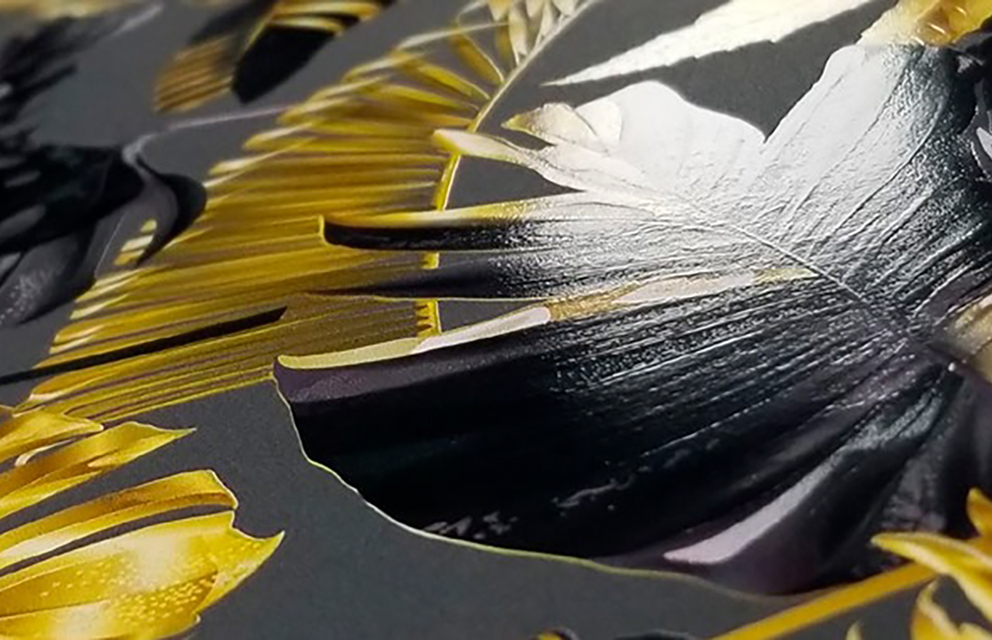Wallpaper has experienced a notable resurgence, and the process of creating, designing, and printing unique looks has undergone significant changes, which are beneficial.
The market share of wallpaper has seen tremendous growth in recent years, reaching $2.1 billion in 2022. It shows no signs of slowing down, as it is projected to reach $2.6 billion in the next five years, as reported by IMARC Group.
With this trend, custom wallpaper has gained increasing popularity. Consumers, interior designers, and business leaders are utilizing large format printing machines not only for residential purposes but also to enhance their businesses positively.
When it comes to wallpaper, there are three factors that can positively impact your business.
1. Increased Access and Control
As society embraces more personalized choices, the outdated one-size-fits-all business model proves ineffective.
According to a Salesforce study, 66 percent of consumers expect companies to understand their unique needs and preferences. Consumers actively seek options to add their personal touch to products, which greatly impacts their buying decisions.
Regarding wallpaper, utilizing a large format printer offers both creative freedom and the ability for end-users to control their own timeline. They can be involved in the design process, development, and printing. This benefits time-constrained consumers or business owners who lack sufficient staff, with the exception of the necessary time needed to ensure the machine is printing.
2. Less Materials, More Productivity
In the past, creating custom short run wall coverings involved multiple manufacturing facilities, extensive labor, and a significant amount of materials. This method was not only expensive but also inefficient in terms of time and productivity.
The adoption of digital large format printing has brought certain advantages, such as the ability to produce on-demand. However, it has also introduced new challenges.
One major issue with digital wallcovering printing in the past was the lack of consistency between panels. This resulted in variations in color and misalignment.
Fortunately, the latest technology has addressed these problems.
By embracing a just-in-time approach, the need for excess printed wall coverings sitting on shelves waiting for sale can be minimized. This reduces the risk of having unsold inventory that needs to be discarded.
Furthermore, this approach helps to lower costs related to materials and labor. Some recent models even allow for high-speed production without the requirement to wait for outgassing. Additionally, these large format printers can print long runs with fewer concerns about ink nozzles running out.
3. Beyond the Home
Many people have used this opportunity to not only engage in DIY projects but also create side hustles and establish additional sources of income.
Digital printing offers ease and flexibility, making it simple to use custom wallpaper for more than just upgrading your guest bedroom or home office. It can be utilized for office decor, event spaces, pop-up bars, branded events, theatre props, and even in Hollywood for large step and repeat displays.
The possibilities are limitless, providing businesses with increased flexibility and room for creativity. A review of the wallpaper market share indicates a significant rise in commercial wallpaper usage, along with the availability of numerous online tutorials for wallpaper application. This shows that many people are exploring the idea of using wallpaper beyond residential spaces.
Overall, wallpaper has made a comeback and appears to be here to stay for years to come. By incorporating large format printing, this emerging trend can be a fantastic way to elevate your customer experience and revitalize your business.




